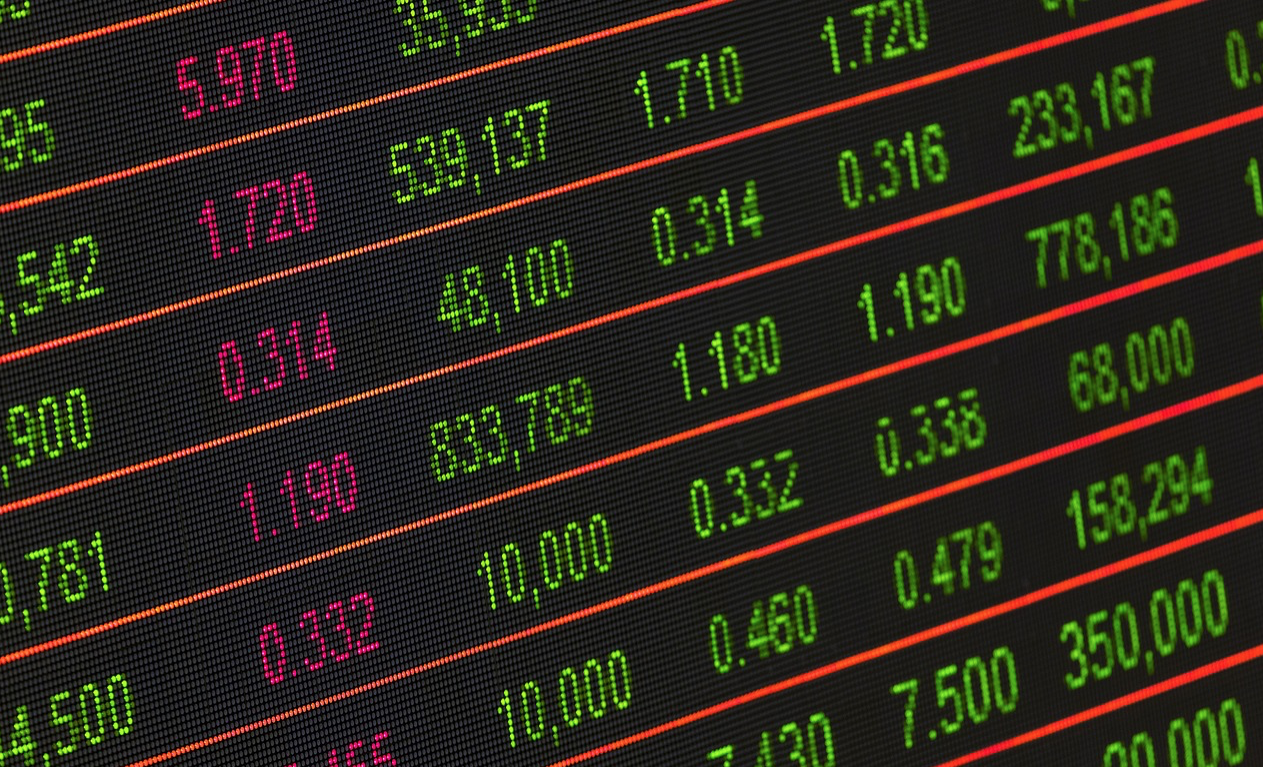Here are the 3 biggest challenges for the markets

There are three main challenges facing markets: inflation, US rates, and the US dollar. The analysis by Colin Graham, Head of Multi-Asset Strategies at Robeco
Global growth will not pick up momentum until the recent price spikes and rate hikes used to counter them have reached their zenith. Only then will the US dollar, whose strengthening has pushed up the cost of foreign trade and put pressure on emerging economies, begin to weaken.
Just like the UK's famous Three Peaks Challenge, in which runners must reach the tops of the highest mountains in Scotland, England and Wales within a set time frame, all three economic peaks will need to be overcome in the second half of 2022 for markets can stabilize.
The Challenge of the Three Peaks, n. 1: inflation
The first peak to be conquered is inflation, which has accelerated due to the large increases in energy and food prices after the end of the Covid-19 pandemic and as a result of the Russia-Ukraine war. In the United States and the eurozone, inflation reached 8.6%, the highest level since 1981, and 8.1%, the highest level ever, respectively. Before the pandemic, inflation had remained steadily below 2% for many years.
"Inflation has been a favorable indicator for investors for over four decades, since Paul Volcker, the then chairman of the Federal Reserve, brought US inflation back under control, then 20%, and restored the credibility of the company. central bank in the early 1980s.
We know that central banks have the tools to contain inflation by raising interest rates; this reduces credit creation (ending easy money) and cools the housing market (borrowing for liquidity), two developments that weaken aggregate demand and increase unemployment.
A slowdown in the economy will be instrumental in reaching peak inflation, although we are aware that, with interest rates being a blunt instrument, investors will find themselves swinging wildly amid fears of excessive tightening, which could cause a recession, and that of an insufficient squeeze. The picture is therefore destined to remain volatile.
Inflation is most visible in the rise in retail prices, but it is also detrimental to the equity and bond markets. Inflation erodes the profits of firms that fail to pass on cost increases onto prices and reduces the value of long-term bonds.
Rising energy prices affect the entire economy, penalizing both businesses and consumers, acting as a tax on growth and reducing the demand for services and other goods. In addition, the increased uncertainty about corporate earnings and the ability of companies to preserve margins by transferring the cost of inputs (including labor and debt costs) to prices is bound to fuel the volatility of equities and high-yield bonds. .
The fact that the Fed has stopped using only the Core PCE (excluding energy and food) as its preferred measure of headline inflation indicates that inflation could finally peak in the third quarter of 2022.
The Challenge of the Three Peaks, n. 2: US rates
The next mountain to climb is that of interest rates, which have been raised around the world to fight inflation. As interest rates rise, borrowing becomes more expensive and consumers therefore have less money to spend. The rate hike, however, also has side effects, including the further appreciation of the already expensive US dollar.
The US Fed Funds rate is projected to rise to around 3.5% from 1.75% at the end of June, which would be the largest rate hike in a calendar year since 1980. In 1994, the year in which there was what is generally considered a 'soft landing', US rates jumped to 2.5%. Therefore, the tightening cycle today is more difficult, because the economy needs a similar reaction.
In our view, the spikes in the inflation data will indicate a decline in inflationary pressures, signaling that rate hikes are affecting the economy. In the second half of the year, we expect potentially more favorable financial conditions: interest rate expectations should decline and the target rate on Fed Funds may not reach 3.75%, as implicitly expected by the market, by the end of the year.
All other things being equal, this consensus would imply a reversal of the yield curve, with a growing alignment and more conclusive signals from recession indicators. In our baseline scenario, we do not expect a US recession in the next 12 months, although China, Japan and Europe may not escape this fate.
The Challenge of the Three Peaks, n. 3: US dollar
The third challenge is represented by the US dollar, which has reached a 20-year high against the main world currencies. Traditionally viewed as a safe haven asset in difficult times, the appreciation of the greenback increases the cost of dollar-priced commodities. This in turn negatively affects emerging markets which rely on commodity exports and need dollar funding.
Once US interest rate and inflation expectations peak, we can expect the US dollar to do the same. We don't know for sure if this will happen before, during or after the other two peaks. But it is important to monitor the performance of the US currency, which arouses the interest of a very heterogeneous range of non-profit maximizing traders and holders.
At the moment, the main drivers of the greenback – namely interest differentials, growth differentials and capital flows directed towards 'safe-haven assets' – are positive. With slowing growth and lower rate expectations, the onerous US dollar is expected to weaken.
This is a machine translation from Italian language of a post published on Start Magazine at the URL https://www.startmag.it/economia/ecco-le-3-sfide-maggiori-per-i-mercati/ on Mon, 18 Jul 2022 06:17:52 +0000.
